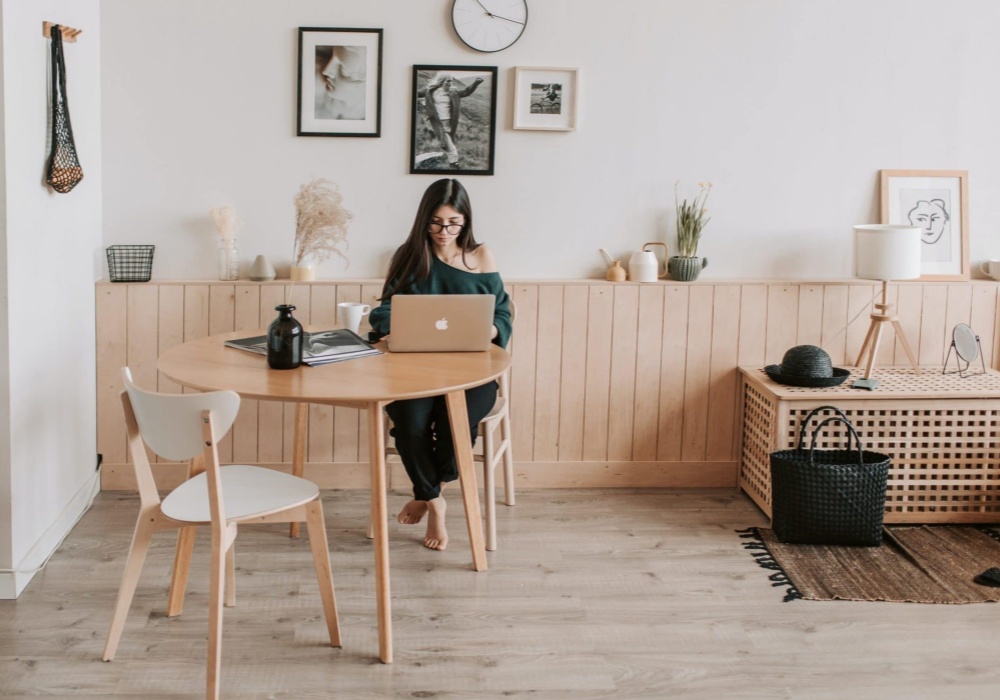
How To Embrace Minimalism In Daily Life
Starting small makes the shift feel manageable, avoiding overwhelm. Begin by decluttering one area at a time, like a drawer or closet, instead of tackling your entire home at once. Ask yourself if each item serves a purpose or brings joy; if not, donate, sell, or recycle it. This process helps you recognize what you truly need versus what you’ve accumulated out of habit.
Curate your possessions mindfully. Before buying something new, pause and consider if it’s necessary. Will it solve a problem, or is it a fleeting desire? Waiting 24 hours before purchasing can reduce impulse buys, keeping your space from cluttering up again. Invest in quality over quantity—fewer, well-made items often last longer and feel more meaningful than a closet full of things you rarely use.
Simplify your schedule to align with minimalist values. Not every invitation or task deserves your time. Learn to say no to commitments that drain you, making room for activities that fulfill you.

whether that’s reading, spending time with loved ones, or pursuing a hobby. A less packed calendar reduces stress and lets you engage more fully with the moments you do choose to prioritize.
Digital minimalism is just as important as physical. Unsubscribe from unnecessary emails, delete apps you rarely use, and set limits on social media. A cluttered phone or inbox can feel as overwhelming as a messy room, so curate your digital space with the same care. Turn off non-essential notifications to avoid constant distractions, allowing you to focus on the present.
Minimalism is a journey, not a strict set of rules. It looks different for everyone—what matters is creating a life where you’re not weighed down by excess. As you let go of what doesn’t serve you, you’ll find more clarity, peace, and freedom to focus on the people, experiences, and goals that make life rich.
Small, consistent steps lead to lasting change, making minimalism a sustainable way to live more intentionally.
